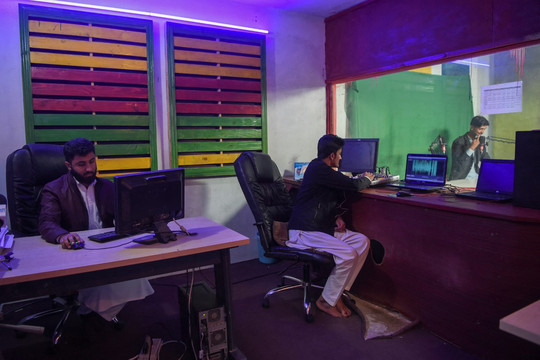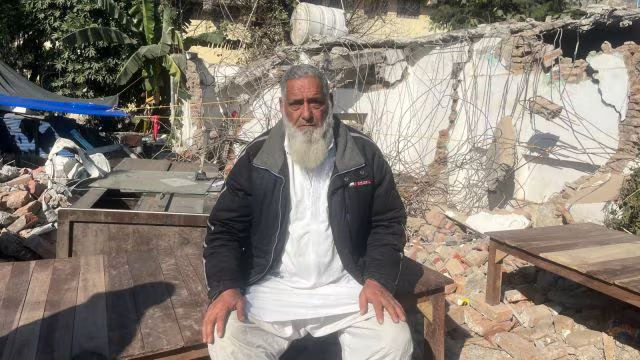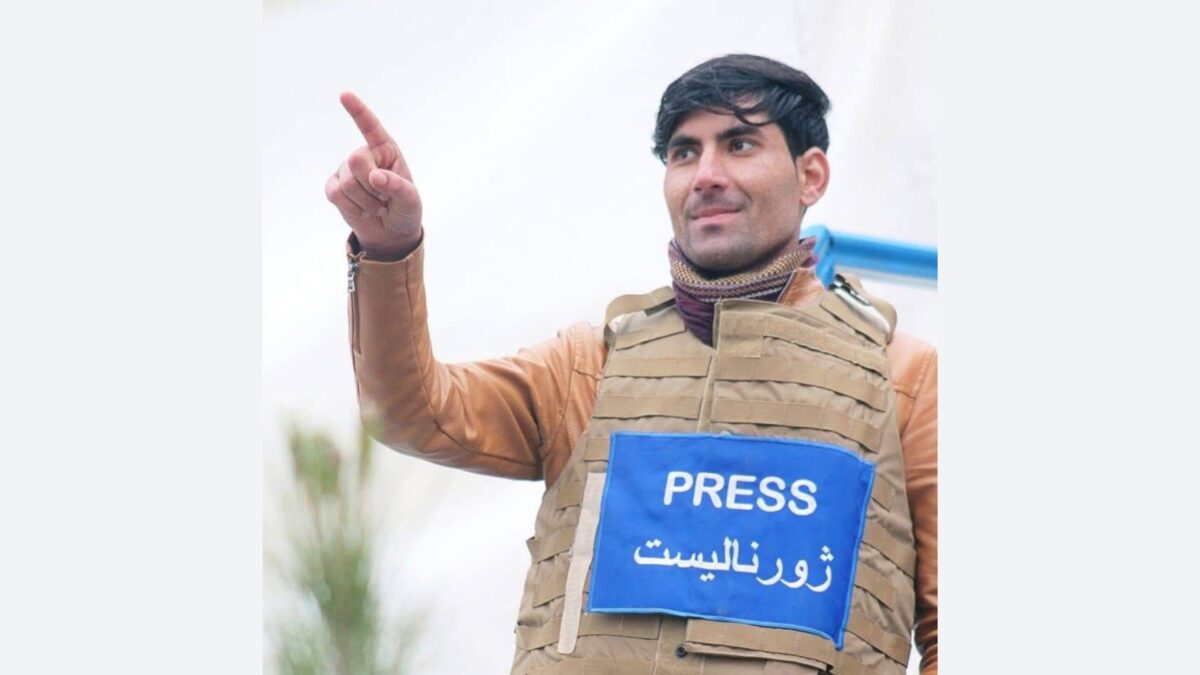
Four Years On, Belarusian Press Faces Persistent Repression as 37 Journalists Remain Jailed
August 9, 2024
Two media workers killed, 1 injured in drone strike in Iraqi Kurdistan
August 23, 2024August 09, 2024 – Afghanistan –
Afghanistan’s Taliban-run Afghan Telecom Regulatory Authority (ATRA) revoked 17 broadcast licenses covering 14 media outlets in eastern Nangarhar province—a mix of TV and radio channels, including Hamisha Bahar Radio & TV, Sharq, Arzasht, and eight regional radio stations. Authorities claimed license suspension stemmed from unpaid fees totaling approximately Afg 108,000 (~US $1,500) annually, though some debts dated back to the previous government.
Watchdog groups swiftly condemned the move. The Committee to Protect Journalists (CPJ) called on Taliban authorities to reverse the decision, asserting it represents ongoing state pressure on independent media by undermining broadcasting operations. The International Federation of Journalists (IFJ) labeled the suspensions a breach of press freedoms and demanded immediate license reinstatement.
Voices from the ground underscored broader concerns. A freelance journalist told Voice of America that the requirement to pay during an economic crisis smacks of “systematic repression,” noting many outlets struggle to bear costs while lacking government support. Another local media interlocutor called the shutdowns “pressure … to influence the content of media outlets,” warning that reduced pluralism would diminish independent reporting capacity.
The suspensions follow earlier Taliban clamps on media content: bans on music and foreign soaps, prohibition of women’s voices on air, and forced shutdowns of foreign-owned broadcasters like VOA and BBC under various censorship decrees. A UNAMA report recorded 183 cases of violence and more than 90 arrests of journalists since the Taliban came to power in August 2021.
The impact has been devastating: more than 40% of Afghanistan’s media outlets have closed, and roughly 80% of female journalists have lost their jobs. Numerous journalists have fled into exile, while those remaining face routine arrests, censorship, and self-censorship. According to RSF, only about 328 out of 543 outlets remain active, and the Taliban’s “11 Rules of Journalism” enforce ideological alignment.
This latest suppression in Nangarhar reflects a broader Taliban strategy: using regulatory and financial tools to silence dissent and control the narrative. Rights groups argue that the regime is systematically dismantling independent media under the guise of licensing and fees, further eroding press freedom in the country.
Reference –
Taliban suspends broadcast licenses of 14 media outlets in Afghanistan




